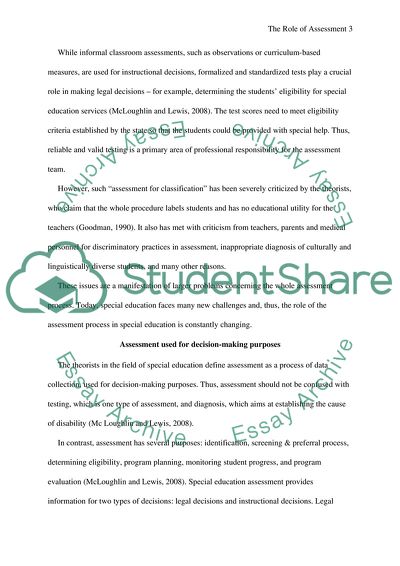Cite this document
(Assessment and Evaluation in Special Education Term Paper, n.d.)
Assessment and Evaluation in Special Education Term Paper. Retrieved from https://studentshare.org/education/1727918-assessment-and-evaluation-in-special-education
Assessment and Evaluation in Special Education Term Paper. Retrieved from https://studentshare.org/education/1727918-assessment-and-evaluation-in-special-education
(Assessment and Evaluation in Special Education Term Paper)
Assessment and Evaluation in Special Education Term Paper. https://studentshare.org/education/1727918-assessment-and-evaluation-in-special-education.
Assessment and Evaluation in Special Education Term Paper. https://studentshare.org/education/1727918-assessment-and-evaluation-in-special-education.
“Assessment and Evaluation in Special Education Term Paper”. https://studentshare.org/education/1727918-assessment-and-evaluation-in-special-education.


